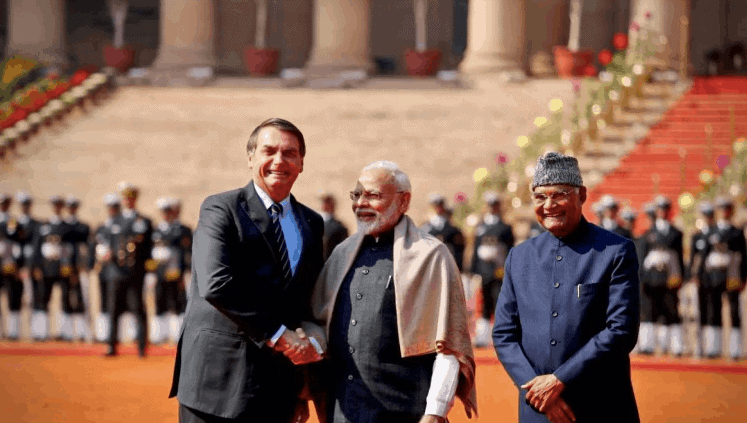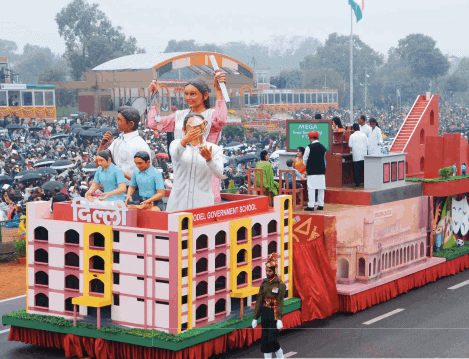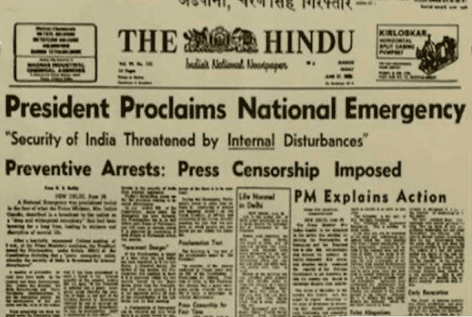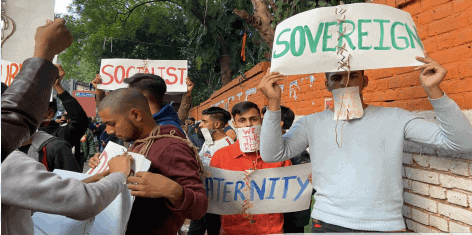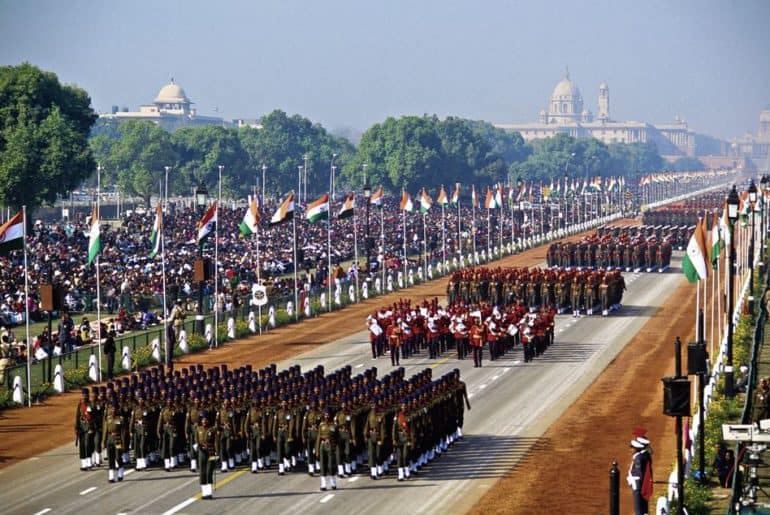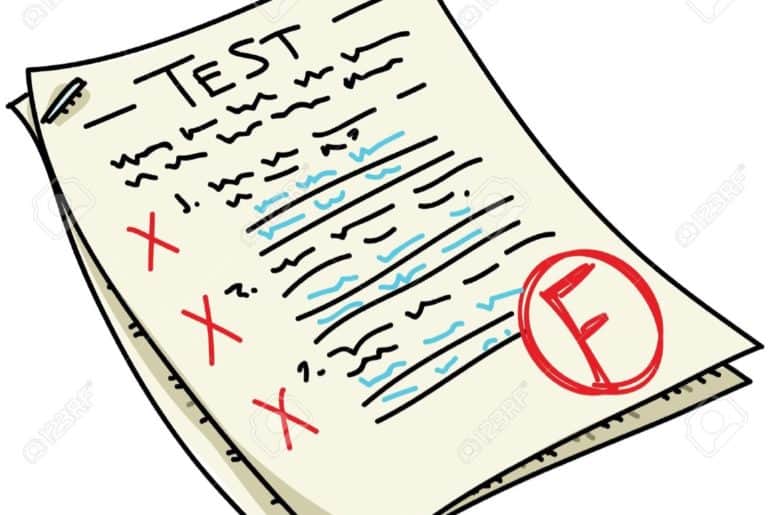A non-resident Bengali relative of mine groaned to me on call, how he scarcely felt Saraswati Puja this year. Something seemed off, he complained. I don’t think anything was off, just that the sedentary yet meditative festival somehow got ferociously conflated into the pompous celebrations of Repubic Day this year, I chimed in with my know-it-all voice. But I was not entirely wrong in drawing this connection. Saraswati Puja or Vasant Panchami, has always been a massive cultural celebration in Bengal. Every year beyond this annual ritual of worshipping and invoking this (Brahminical) Hindu Goddess of Knowledge, Bengali students across ages are supposed to dress up in colours of Spring – yellow, ochre, orange, red, blue and the likes. It is a day dedicated to eating khichudi and begun bhaja, praying for academic wisdom and most importantly going on dates with your romantic interests.
The origins of the concept of vasant panchmi as the “Bengali Valentine’s Day” is something that is a futile exercise in the labyrinthine annals of Time. The cultural construct of this festival is now unquestioned and widely embraced and celebrated. This day, in the early morning cold breezes of January, the city wistfully turns into a liminal space of sanctioned transgressions. The best, and often most provocative, pieces of traditional finery are donned. The greys and greens of schools give way to loud pinks and bright reds of lipsticks which are hidden in purses – stolen the previous night from the mother’s dresser. Blisters from wearing forbidden heels are hardly any price for a day spent in the company of your lover, giggling your way through sidewalks and standing outside already-full-at-10-in-the-morning bars across Park Street and Quest Mall.
This year, after a brief annual hiatus, I had the fortune of being in Kolkata again for the occasion. But even as my mother rudely awakened me from my sleep to help her with preparations, an early morning disoriented me found myself almost unconsciously drawing himself to the television set first, switching on Doordarshan and sitting down brush in hand to see the live telecast from Raj- oops, Kartavya Path. The conflation of a day which, all my woke understandings of nationhood and patriotism notwithstanding, had been carefully constructed to invoke feelings of patriotic fervour in my heart somehow felt at an alien odd with the other natural emanating sense of desire and youthful fervour for this annual celebration of springtime extravagance. As post-colonial queer subjects in a world where ideas of the post-nation are at their highest, where does one erase the line between multiple registers of desire? Is militantly performed desire for the historically amenisa-inducing nation anyway similar to the exhaustive desires of love on display on this singular day? Are all desires essentially linked to performance and demonstration? If so then what about lonelinessand its performance? How do you navigate the contours of that?
As I sat in the backseat of my cab in the evening of the same day, on my way to airport to catch a flight back to Delhi in time for the 8:30 AM class the next day, I found myself unconsciously smiling at the familiar of sight of multiple young girls and boys in love – or atleast pretending to be in love. All my school days, before the pandemic took away from me the privilege (I use this word fully aware of its connotations) of attending college in person, I had been a blessed witness to the Saraswati Puja romances of my friends. The month-long plans, the carefully colour coordinated outfits, the lies told at home, the multiple tuition places to hop onto under the excuse of attending the “puja”, the innocent grazing of the fingers and the final stretch of weeping from the blisters on the ankle – I have seen it all. At twenty-one years of age, that day when I whirled past these young hearts in love at the very peak of springtime, I pondered a few moments over the politics of performing a love that is qeer. What would it mean for young girls or boys or gender non-conforming minorities to be out there, on this same day, hands clasped and in love? Would this liminal temporal space of the city embrace their transgression as willingly as it did of their heterosexual counterparts? Especially in the context of this year’s festival, in the occurrence of such a rare conflated oddity, what would one make of surveilling love in a Nation State that is increasingly intolerant towards delinquent expressions of desire?
As I sat on my aircraft, pondering about the many like me who must have spent lonely festivals of love for years on end, I found myself wishing if this Valentine’s Day our markets would perhaps for once sell not love but a soothener to the itchy aesthetics of structural loneliness.
Anwesh Banerjee


